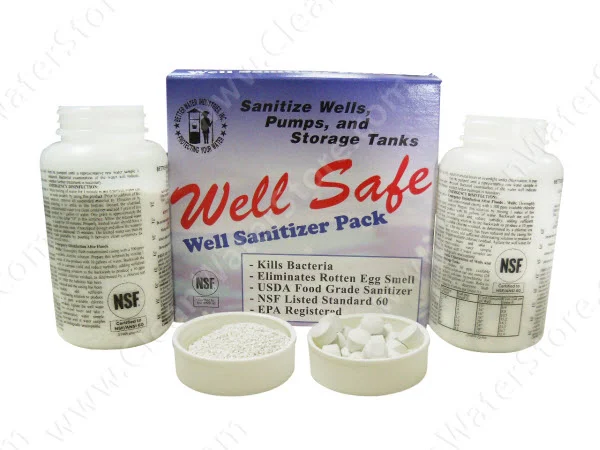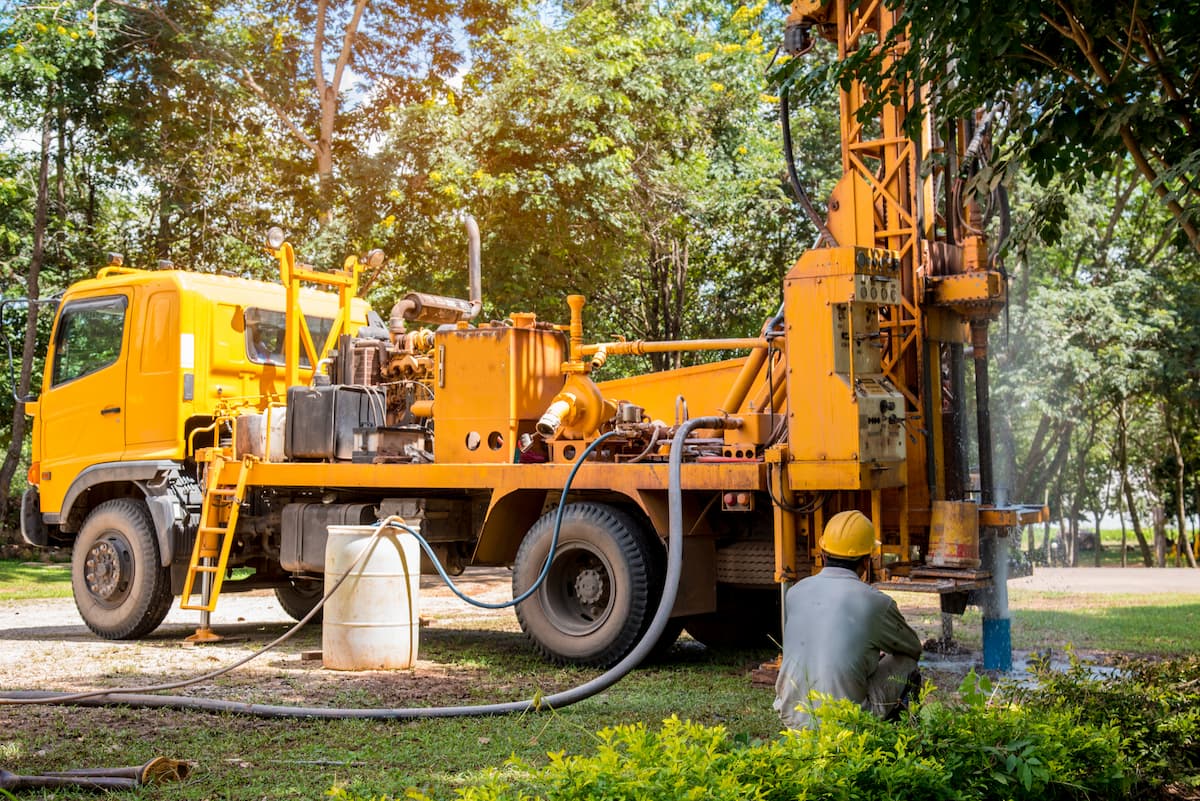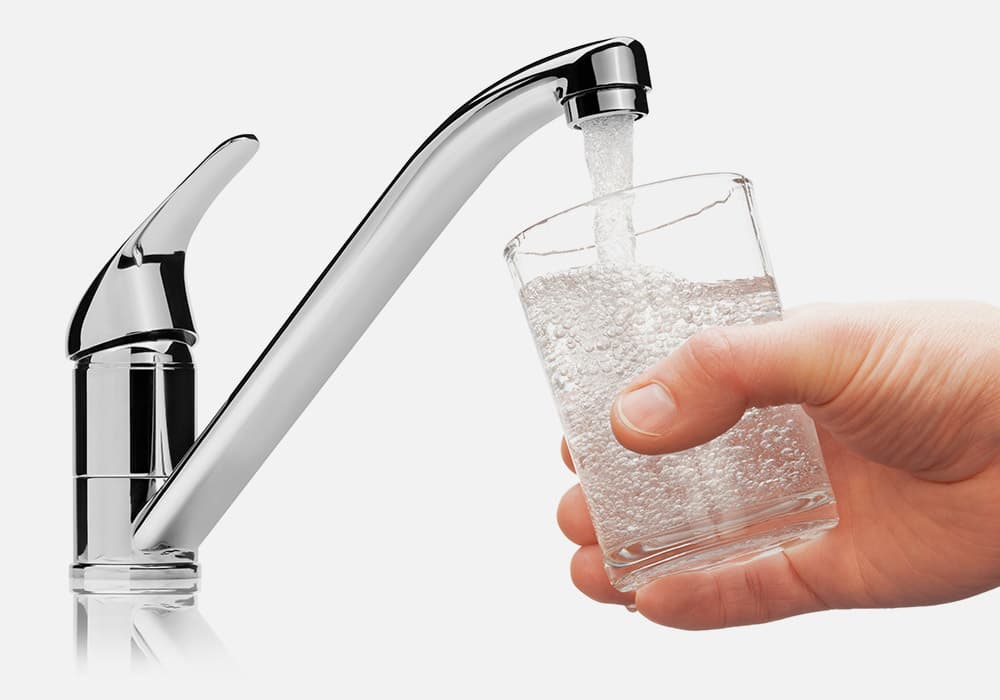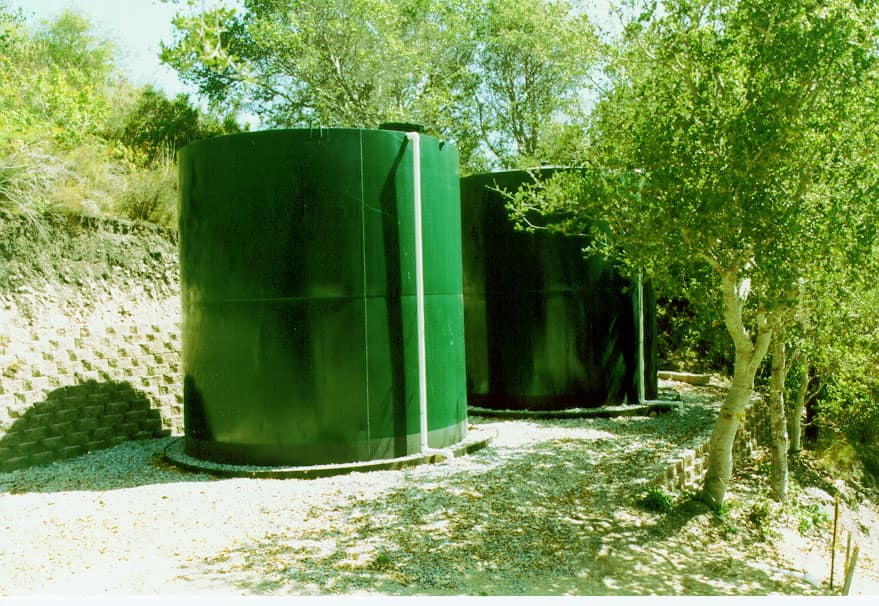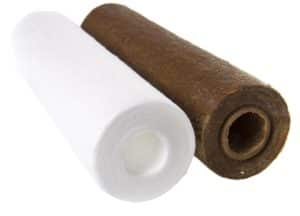Blue Stains in Sink From Well Water
What Does It Mean if You Have Blue Stains in Sink From Well Water?
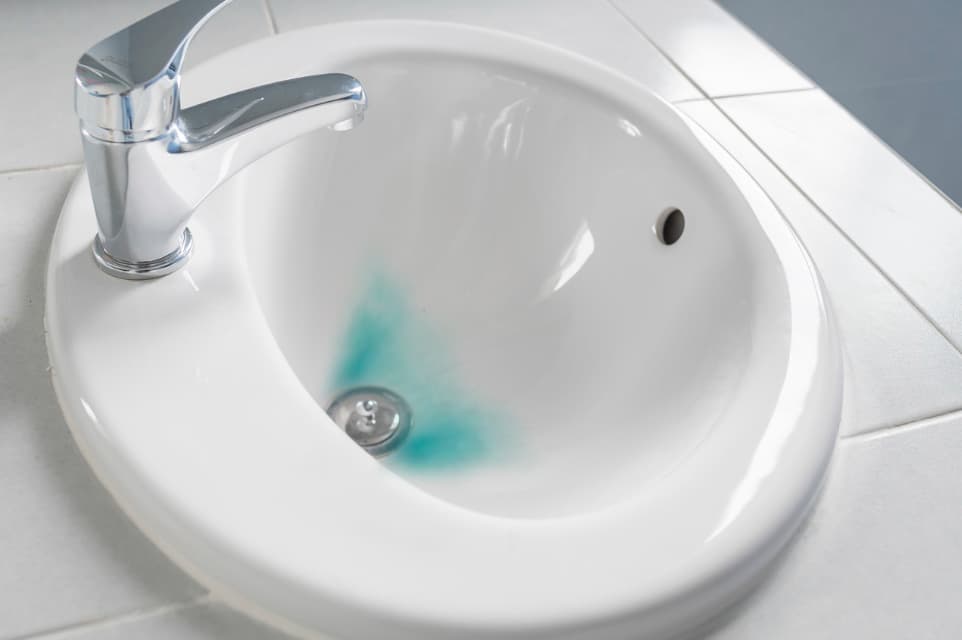
If you have well water, any stain or smell that comes from your appliances may make you feel concerned. Blue stains in sink from well water are not usually harmful, but they can become a problem if they are not addressed. Learn more about what causes these blue stains, how to clean them, and how to prevent them from recurring.
What Causes Blue Stains in Sink From Well Water?
Though blue stains may look like they're caused by an artificial substance or dye, they're typically the result of a natural process. Blue stains in sink from well water are usually caused by one of the two reasons below. You should always consider investing in a professional testing kit or service before diagnosing strange-looking water by yourself.
Copper Pipes
Copper pipes are generally regarded as safe, but if the water sits inside them for too long, the mineral may begin to dissolve. This causes the blue-green stains that you see in a light-colored sink. Another tip-off that your drinking water has too much copper in it is that it will taste a little bit metallic.
Acidity in Your Water
You may remember studying pH, acids, and bases as far back as high school chemistry class. When your water's pH level is too low, it begins to cause corrosion in your pipes. Your pipes become less stable as they corrode, and you may notice blue stains in sink from well water due to the high mineral content of the water.
Should I Use a Filter?
Using an under-the-counter filter can be a start for people who want fresher tasting water, but until you know what is wrong with your well water system, it's not a good idea to buy a filter and consider the problem fixed. Blue stains in sink from well water can represent a significant problem. Copper in excess amounts, can be extremely dangerous to human health and completely ruin your copper pipes. This can end up causing very expensive re-piping.
First, you should have your water professionally tested. Your next step should be to treat it appropriately. If your water is low in pH (acid) this is very simple to fix with a calcite acid neutralizer.
Fix Your Blue Stains in Sink From Well Water Today

Verify if there are unnecessary electrical appliances or wiring connected to the piping and if the piping system is properly grounded to earth ground. Verify to make sure that there is electrical continuity throughout the piping system. For instance, the copper piping should not be separated electrically by plastic water filters, sections of plastic pipe, plastic water softener bypass valves, etc. Install jumper cable around these items.

Check for pH, hardness, alkalinity, temperature, and total dissolved solids, and calculate LSI (Langelier Saturation Index) to see if the water is aggressive or corrosive.
Cut out sections of the copper piping, cut them in half, and inspect the type of corrosion present and for signs of poor workmanship by the installers. Replace copper pipe if necessary.
Install a calcite neutralizer tank, to raise the pH to 7.2 to 8.0 to correct for low pH and increase the alkalinity in the water.
Set up a phosphate feeder before the copper piping. Phosphate can coat the piping and reduce corrosion effects by coating the interior surfaces of the piping with food-grade phosphate, causing an insulation surface to be built up
In case of high total dissolved solids (over 1000 ppm) install a whole house reverse osmosis system, followed by a calcite neutralizer.
Install a chlorinator or ozone system to disinfect the water before it enters the home if your water has bacteria and/or sulfur odors.

Get a good home test kit with copper tests so you can do your own testing at home.
On Well Water? The first task you should do, if you take your water from a private well, is to get an accurate water analysis. The water analysis should be for pH, total hardness, alkalinity, total dissolved solids, iron, manganese, nitrate, chloride, sulfate, and copper. Measure temperature as well.
If your daily habits are leaving behind blue stains in the sink from well water, you should act now to ensure that copper buildup or improper water conditions do not become a problem for your family.
There are many ways to remedy well water concerns to ensure that your water is safe. Contact Clean Water Store to learn more about testing and treating options and regain confidence in the purity of your well water.
Sources:
Best Plumbing Practices to Eliminate Copper Corrosion
https://www.copper.org/applications/plumbing/
https://www.wikihow.com/Remove-Copper-Stains-from-Baths-and-Showers



